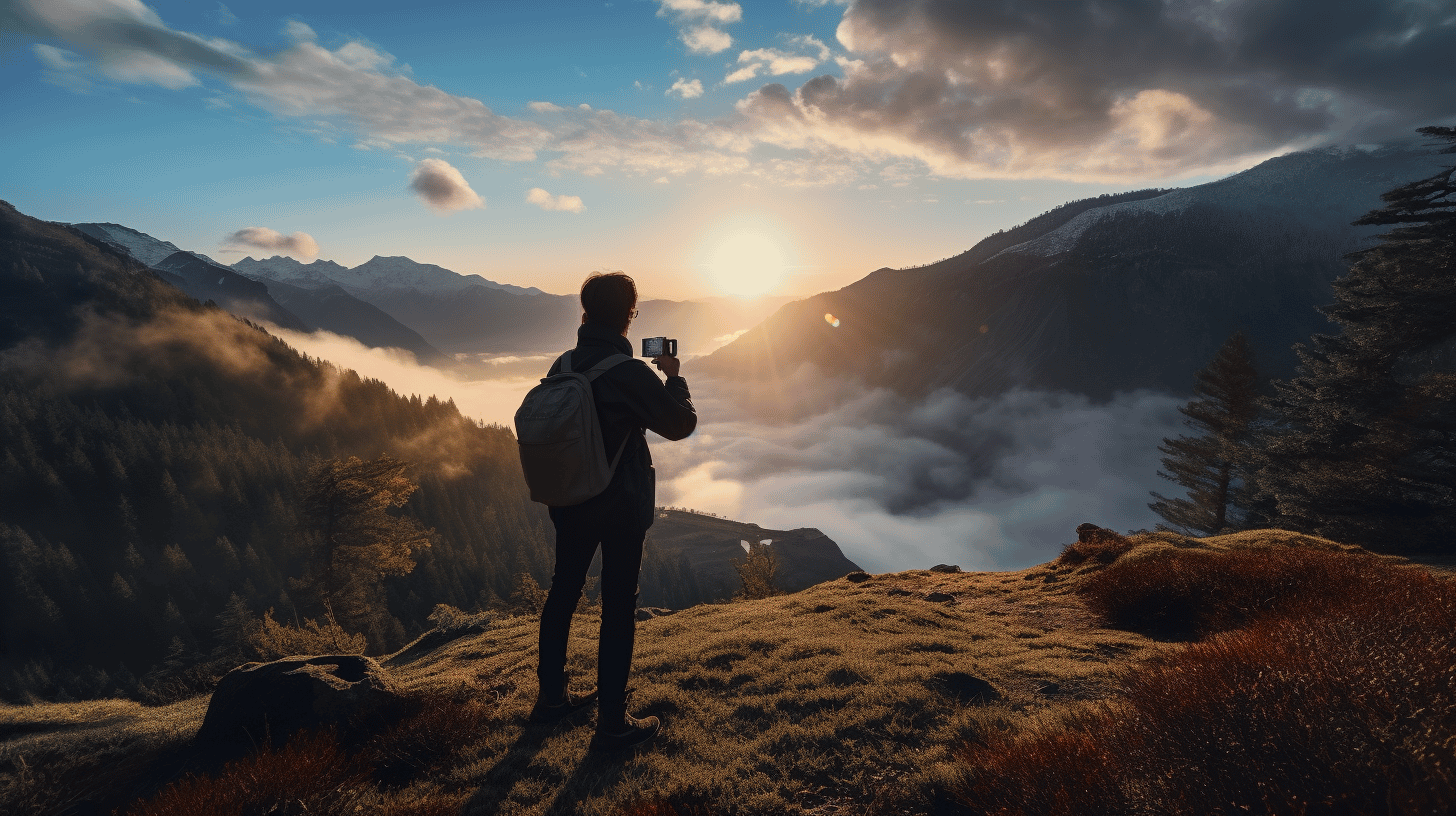The field of photography has seen significant advancements in recent years, particularly with the integration of Artificial Intelligence (AI) into the camera technology. The emergence of AI has led to breakthroughs in various aspects of photography, including image capturing, composition, and retouching. As we delve into the world of AI-enhanced photography, let’s take a closer look at this emerging technology and explore how it continues to revolutionize the industry.
Table of Contents
- AI in Photography: An Overview
- Autofocus Innovations
- AI-Driven Composition
- AI-Based Retouching and Editing
- Challenges of AI Technology in Cameras
- Recommended AI-Powered Cameras
- What the Future Holds?
- Conclusion
AI in Photography: An Overview
Photography has always been a blend of artistic vision and technical skill. With the advent of AI technology, we are witnessing a smart camera revolution that is set to change the landscape of photography forever. By combining machine learning algorithms with high-quality equipment, AI-powered cameras can now analyze, learn, and optimize their functions to enhance the photographic experience and outcomes.
Autofocus Innovations
One of the most significant breakthroughs created by AI in photography is the improvement of autofocus systems. In the past, photographers struggled with manual focus, which can be time-consuming and imprecise. Today, AI has enabled the development of more advanced and reliable autofocus technologies, such as:
Eye Autofocus (Eye AF)
This AI-driven feature identifies and tracks the subject’s eyes, ensuring sharp focus on the most important part of a portrait. It can detect and focus on both human and animal eyes, making your photography experience more intuitive and efficient.
Real-time Tracking
By analyzing color, pattern, and distance information, this AI technique optimizes tracking and focusing performance. Real-time tracking helps maintain focus on moving subjects, even in difficult shooting conditions.
AI-Driven Composition
AI can also aid in composing your shots. By analyzing millions of professional photographs, algorithms are now able to identify aesthetic elements that make a great composition. Some AI photography breakthroughs in this domain include:
Intelligent Auto (iAuto)
With this feature, the camera will analyze a scene and automatically adjust settings based on its characteristics. This enables the photographer to capture well-composed images without worrying about manual adjustments.
Automatic Scene Detection
AI-powered cameras can detect various scenes, such as landscapes, portraits, or night shots, and adjust the settings accordingly. This allows for superior image quality customized to the specific shooting scenario.
AI-Based Retouching and Editing
Edit and retouching can be a lengthy process, even for professional photographers. AI technology eases this burden by offering automated and user-friendly tools for photo editing. Some notable advancements are:
Semantic Segmentation
AI algorithms can now understand and recognize various components of an image, such as foreground, background, or specific objects. This segmentation allows for precise tweaking and adjustments without affecting the other elements.
Automatic Image Correction
AI can analyze an image and identify flaws, such as overexposure, underexposure, or chromatic aberration. It then automatically adjusts these issues to produce a balanced and natural photograph.
Challenges of AI Technology in Cameras
Despite the numerous advancements, AI cameras still face some challenges. These include:
- Limited Creativity: While AI technology can improve the technical aspects of photography, it cannot replace the creative vision and unique perspective of a photographer.
- Privacy Concerns: As facial recognition and tracking technologies improve, they raise questions about privacy and surveillance in public spaces.
- Hardware Limitations: AI-driven functions may require more processing power, leading to increased battery consumption and shorter battery life.
Recommended AI-Powered Cameras
With the numerous AI-enhanced cameras available, picking the perfect one can be a daunting task. An excellent starting point would be to consider the following top contenders:
- Sony a6400: Offers Eye AF, Real-time Tracking, and high-speed continuous shooting
- Canon EOS RP: Equipped with intelligent autofocus and a powerful image processor
- Nikon Z50: Features AI-powered autofocus, including Eye AF and Animal Detection
What the Future Holds?
As AI continues to evolve, we can expect further advancements in camera technology, such as:
- AR-enhanced photography, providing a more immersive view of the scene
- Smart camera assistants, performing tasks and offering guidance on composition
- Next-generation noise reduction for superior image quality in low-light conditions
Conclusion
AI technology has already made a profound impact on the photography world. Thanks to autofocus innovations, AI-driven composition, and automated editing tools, creative possibilities have expanded while breaking bounds on traditional limitations. Photographers, both amateur and professional, can capture stunning images with less effort and time involved. While challenges exist, AI will continue to shape the future of photography, paving the way for new techniques and uncovering untapped potential.

0 Comments